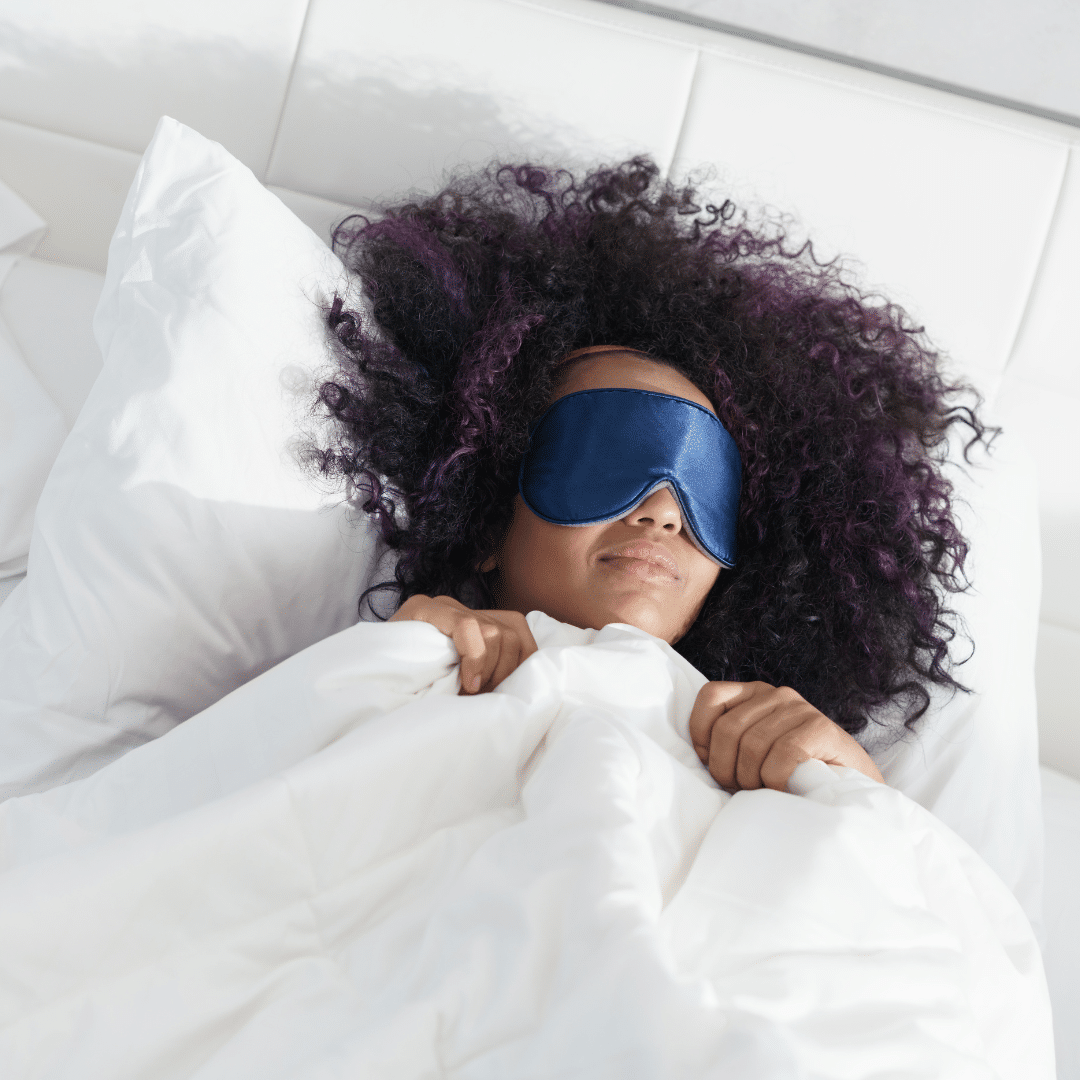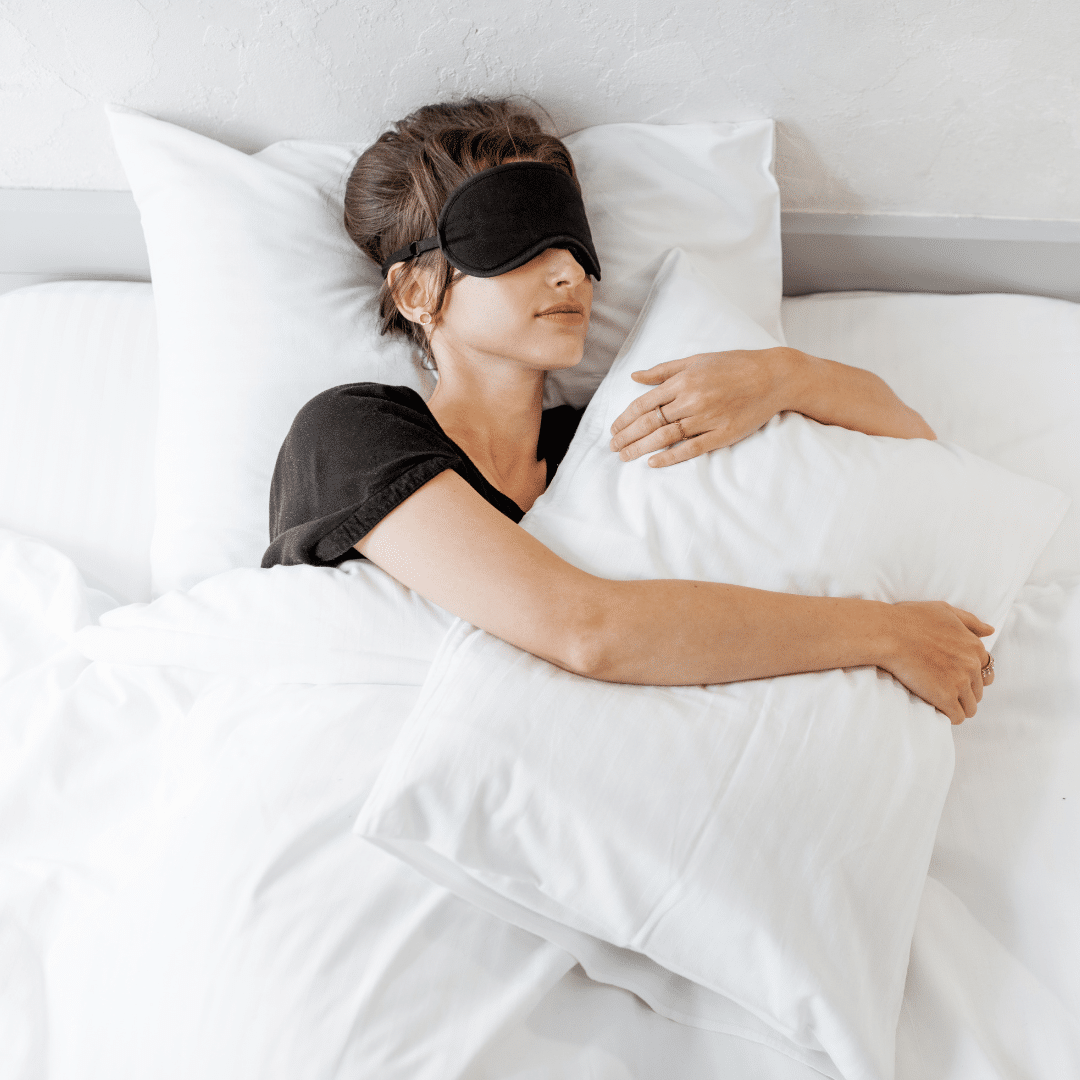Wearing a scoliosis brace, especially when it comes to sleeping comfortably, can be an adjustment. Whether you’re a preteen, teenager, or adult, getting a good night’s rest while adhering to your treatment plan is crucial. Here are some practical tips to help you adjust to wearing your brace at night and ensure a more comfortable sleep.
1. Choose the Right Pyjamas
Selecting the right sleepwear can make a significant difference to your comfort level.
Opt for Soft, Breathable Fabrics

Choose pyjamas made from soft, breathable materials like cotton to reduce irritation and keep you cool. Avoid fabrics that might chafe against your skin under the brace.
Consider Fitted Clothing
Fitted, but not tight, clothing can help prevent fabric from bunching up under the brace, reducing discomfort and potential skin irritation.
2. Use a Mattress Topper
A good mattress topper can add an extra layer of comfort.
Memory Foam Toppers
Memory foam mattress toppers conform to your body’s shape, providing additional support and cushioning around the brace. This can help distribute pressure more evenly and reduce discomfort.
3. Adjust Your Sleeping Position
Finding the right sleeping position is crucial for comfort.
Back Sleeping
Sleeping on your back is often the most comfortable position when wearing a brace. It allows your body to be evenly supported by the mattress and can reduce pressure points.
Side Sleeping
If you prefer sleeping on your side, (depending on the design of your brace) place a pillow between your knees. This can help align your spine and reduce pressure from the brace.
Avoid Stomach Sleeping
Stomach sleeping is generally not recommended as it can put additional strain on your back and neck, potentially increasing discomfort.
4. Pillows for Support
Using pillows strategically can greatly enhance your comfort.
Under the Knees
Place a pillow under your knees when lying on your back. This can help maintain the natural curve of your spine and reduce lower back strain.
Full-Length Body Pillow
A full-length body pillow can be beneficial, especially for side sleepers. It provides support along the length of your body, helping you maintain a comfortable position throughout the night.
5. Skin Care and Hygiene
Taking care of your skin is essential to prevent irritation and discomfort.
Clean and Dry Skin
Make sure your skin is clean and dry before putting on your brace. This can help prevent rashes and irritation caused by trapped sweat and friction.
Moisturise
Use a gentle, fragrance-free moisturiser to keep your skin hydrated. Avoid applying it right before bed as it can make your skin slippery and uncomfortable under the brace.
6. Stay Cool
Keeping cool at night can help you sleep more comfortably.
Cool Room Temperature
Keep your bedroom at a cool temperature to prevent overheating. A fan or air conditioner can help maintain a comfortable environment.
Lightweight Bedding
Use lightweight blankets and sheets. Heavy bedding can trap heat and make you feel too warm, especially with the added layer of the brace.

7. Practice Relaxation Techniques
Relaxation techniques can help you fall asleep more easily despite the brace.
Deep Breathing
Practise deep breathing exercises before bed to help relax your body and mind.
Progressive Muscle Relaxation
This technique involves tensing and then relaxing each muscle group in your body, starting from your toes and working your way up. It can help reduce tension and promote better sleep.
8. Gradual Adjustment
Allow your body time to adjust to wearing the brace.
Gradual Increase
If you’re new to wearing the brace, gradually increase the amount of time you wear it at night. Starting with a few hours and slowly working up to wearing it through the night can be a valid approach. However you will need to speak to your Scoliosis Clinician for the right advice for you.
Consistency is Key
Be consistent with wearing your brace as prescribed. Your body will eventually adjust, and sleeping with the brace will become more manageable.
Conclusion
Wearing a scoliosis brace to bed might feel daunting at first, but with these tips, you can make the experience more comfortable. Remember, adjusting to the brace takes time and patience. By choosing the right sleepwear, using supportive pillows, and practising good sleep hygiene, you can improve your comfort and get the rest you need. Stay positive and committed to your treatment plan, and don’t hesitate to reach out to us for additional support and advice.
